Inquiry into Kathleen Folbigg children’s deaths probes genetic mutations
Neurologist and sitting MP Dr Monique Ryan has shared fresh detail on her claims one of Kathleen Folbigg’s babies died from a brain injury brought on by seizures.
A Federal MP has shared new detail on her claims Kathleen Folbigg’s son may have died of a seizure in an inquiry into the cause of death of the convicted serial killer’s four babies.
Folbigg, 55, was found guilty of three counts of murder and one of manslaughter in 2013 after her babies Patrick, Sarah, Laura and Caleb died in suspicious circumstances between 1989 and 1999.
She is serving a 30-year prison term with a 25-year non-parole period. She is not eligible for parole until 2028.
While there was never any clear evidence to how the children died, the original trial found the babies were likely smothered by their mother. The inquiry is working to determine if new scientific developments prove the babies died of natural causes linked to a genetic mutation.
Neurologist and sitting MP Dr Monique Ryan, told the inquiry on Tuesday the death of Folbigg’s son Patrick, who did not share the same genetic mutation as his sisters, would have been connected to a possible seizure the boy was suffering from.
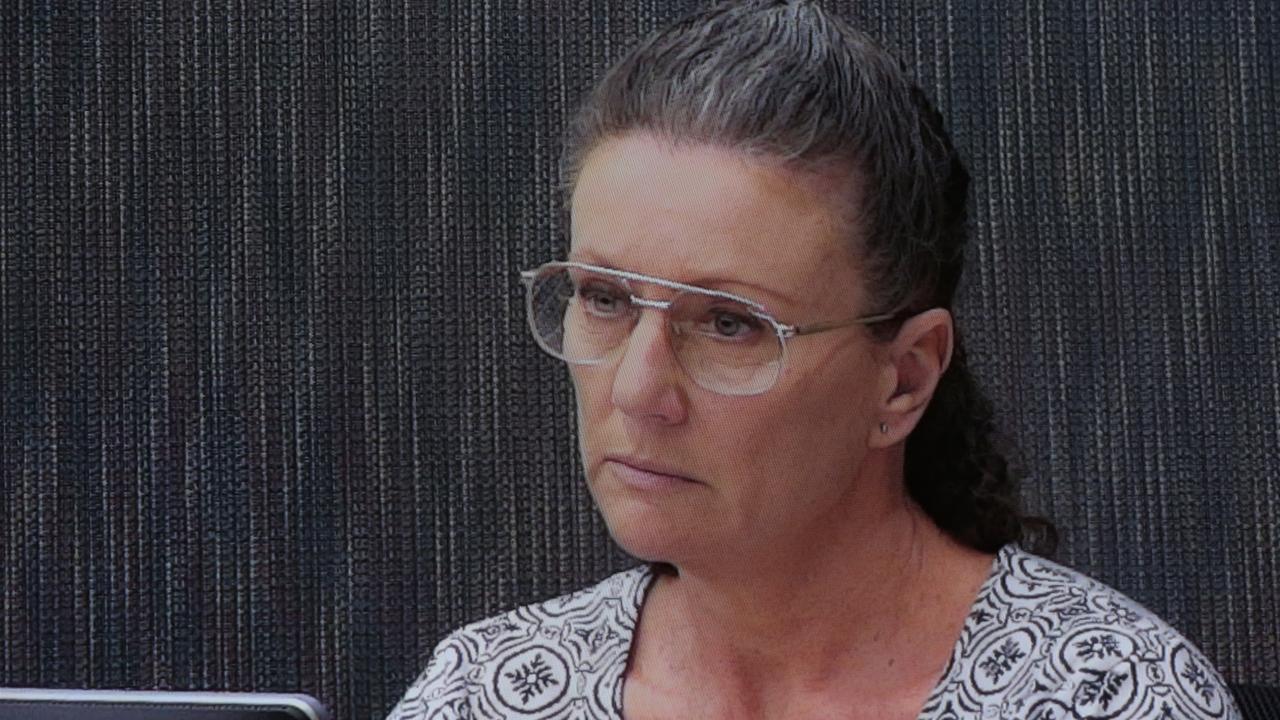

The inquiry heard Patrick had been taken to hospital on October 18, 1990 after his parents had found him struggling to breath and was reportedly blue in colour.
Dr Ryan said it was most likely around this time Patrick, who was about four months old at the time, would have had his first seizure.
“He had an uncontrolled epileptic seizure and more likely than not caused his death,” she said.
“Sometimes when babies have seizures they can be relatively subtle.
“But they would recognise the babies were having unusual events even if they didn’t recognise them to be a seizure.”
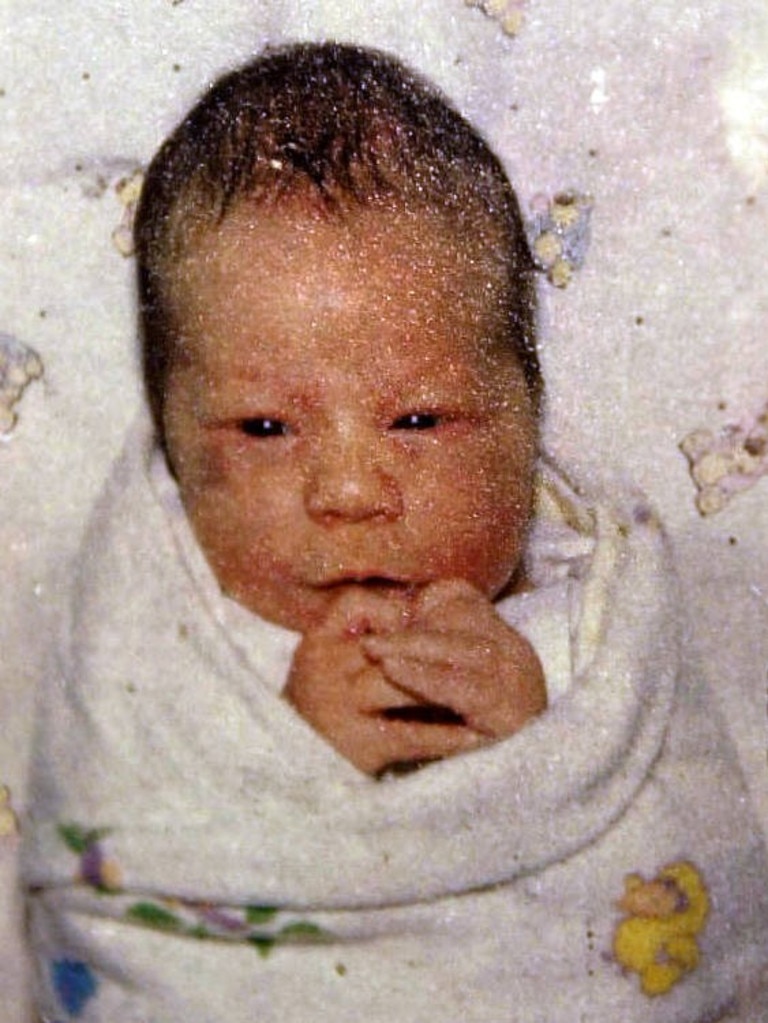
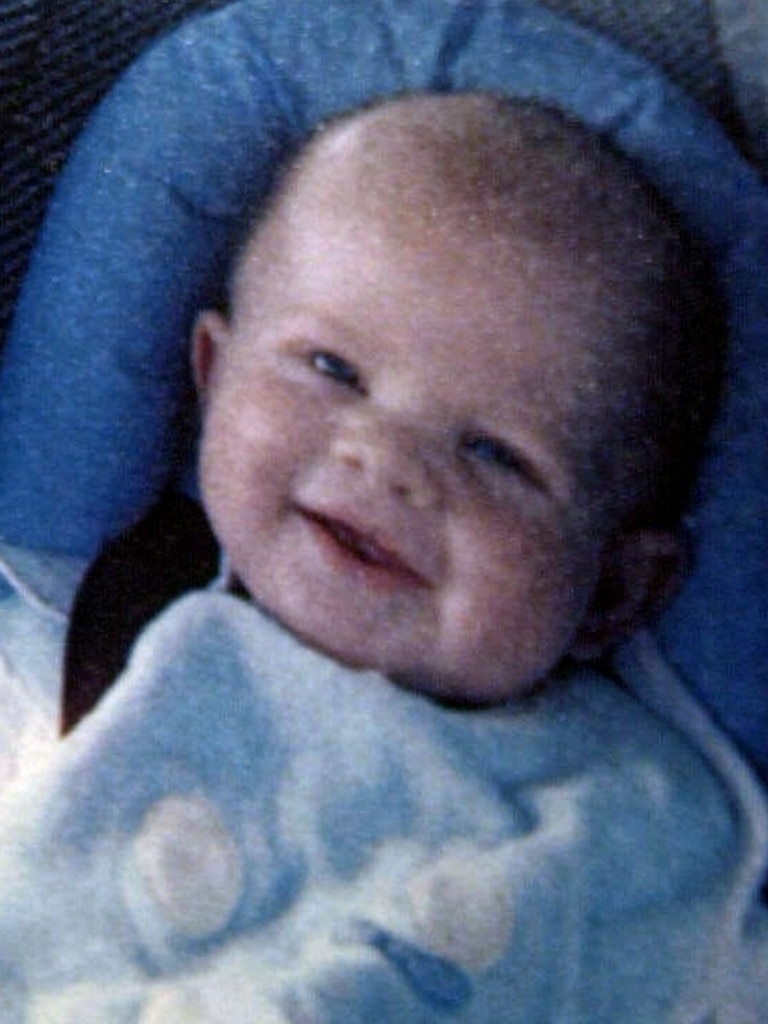
Dr Ryan explained there was cause to question whether the seizures had brought on a brain injury linked to lack of oxygen because of how quickly Patrick recovered.
“The baby’s eyes were open, he appeared awake but he was less responsive than usual and the fact that he was only responsive to painful stimuli. indicates how unresponsive he was,” Dr Ryan said.
”If a baby’s had a severe brain injury related to breathing problems … for it to be severe enough … I would have expected he wouldn’t have recovered as quickly as he did.”
The inquiry heard during the October 18 incident, Patrick had begun to respond to medical attention within 15 minutes of attending hospital.
“He was behaving more normally, which would be inconsistent with a severe hypoxic brain injury,” Dr Ryan said.
“The kidneys and the heart would show signs of hypoxic brain injury as well.
“The blood tests done initially which were limited were relatively benign.
“He wasn’t sent to intensive care, which all argues against an acute severe hypoxic brain injury at that time.”
She said while his seizure was a “fairly significant one”, he didn’t continue to display typical behaviour for a child with ongoing issues relating to the brain injury.
Dr Ryan said this could be the result of a diagnosed genetic disorder scientists haven’t discovered yet.
“The fact a definitive abnormality wasn’t found on Patrick’s genetic testing does not to me indicate it wasn’t a genetic disorder,” she told the inquiry.
“If he was born today and we did a whole genome sequencing … and it was negative we would just have to wait and see, we’d do it every five years.
“Unfortunately he died without a definitive diagnosis, unfortunately these sorts of things happen.”
Dr Ryan said she had patients under her care where she had made a diagnosis “long after” their deaths.
“It’s very often we don’t have sufficient time frames within a baby’s life that we have time to make a sufficient diagnosis.”
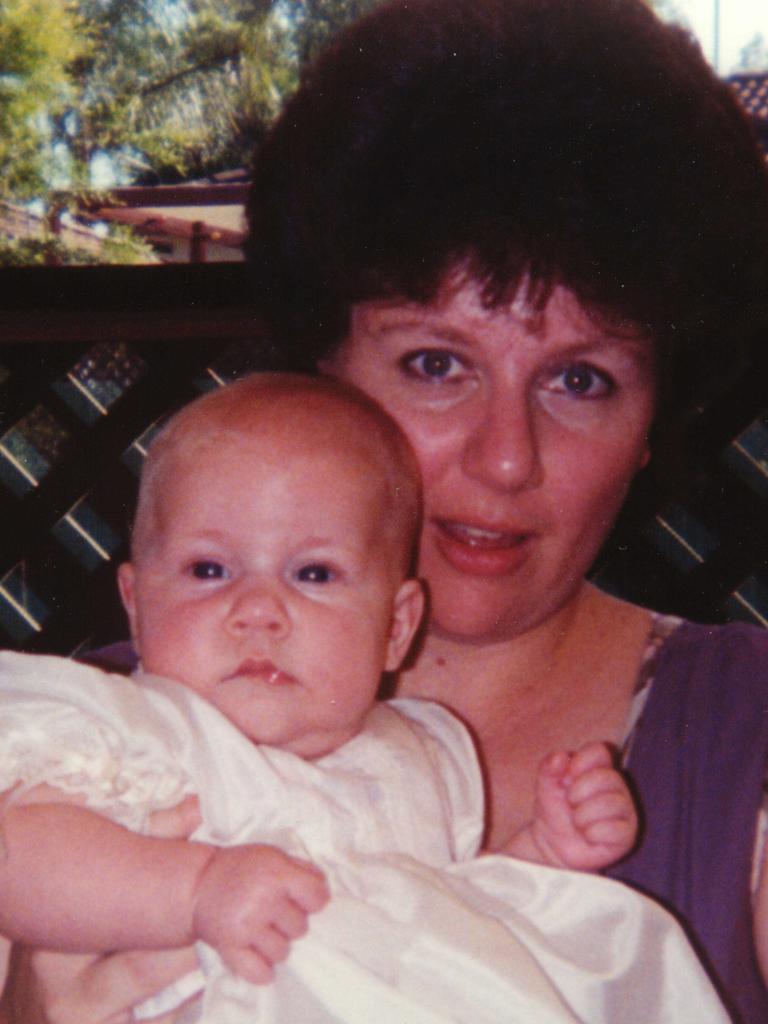
Dr Ryan said another possibility was Patrick’s death could be related to “stroke-like episodes”, linked to energy failures within the brain.
“It was pretty clear something happened on the 18th of October which was fairly profound, before that date Patrick Folbigg was felt to be normal,” she said.
“He was not neurologically normal (after October 18) … there has to have been some sort of brain injury at or around that time.
“I think it’s more likely he had an underlying condition that manifested on that date.”
Earlier, a paediatrics expert testified Folbigg’s babies were unlikely to have died from asphyxiation due to a lack of markings inside their mouths.
Renowned paediatric intensivist Peter Flemings said on Tuesday that he hadn’t been able to find any evidence to support that the children had died from asphyxiation.
He explained based on his expert knowledge, having studied infant death shortly after a child has died, he found it “almost inconceivable” that the Folbigg children had their airwaves disrupted to cause their death.
Professor Fleming said children who had been suffocated in some way would show clear signs inside their mouth of the injury caused by their teeth.
“Anything that pushes the lip onto the teeth and anything that disrupts the upper airway would ultimately do that, would risk damaging the inside of the lip,” he said.
Professor Fleming said children of a certain age developed “erupted” teeth, most likely at the front of the mouth.
He explained three of the Folbigg children, Patrick, Sarah and Laura, would classify as being of that age to display eruptive teeth and would have most likely shown signs of asphyxiation when they died.
“The youngest Caleb was three weeks (old), that’s why I have less certainty about that,” he said.
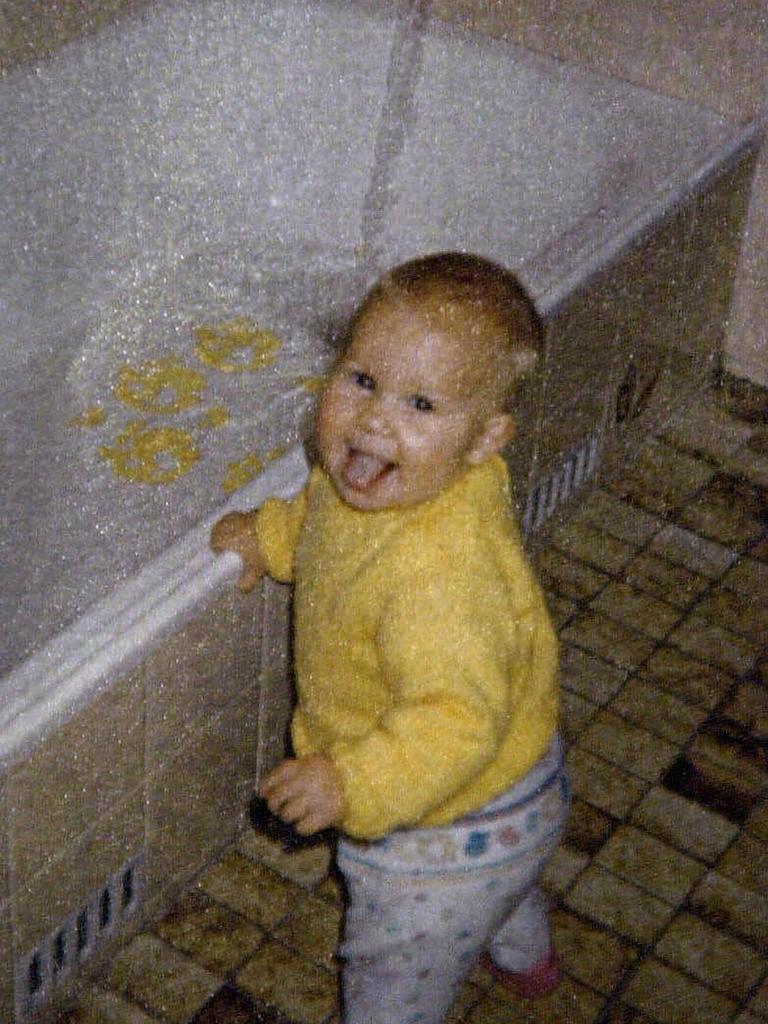
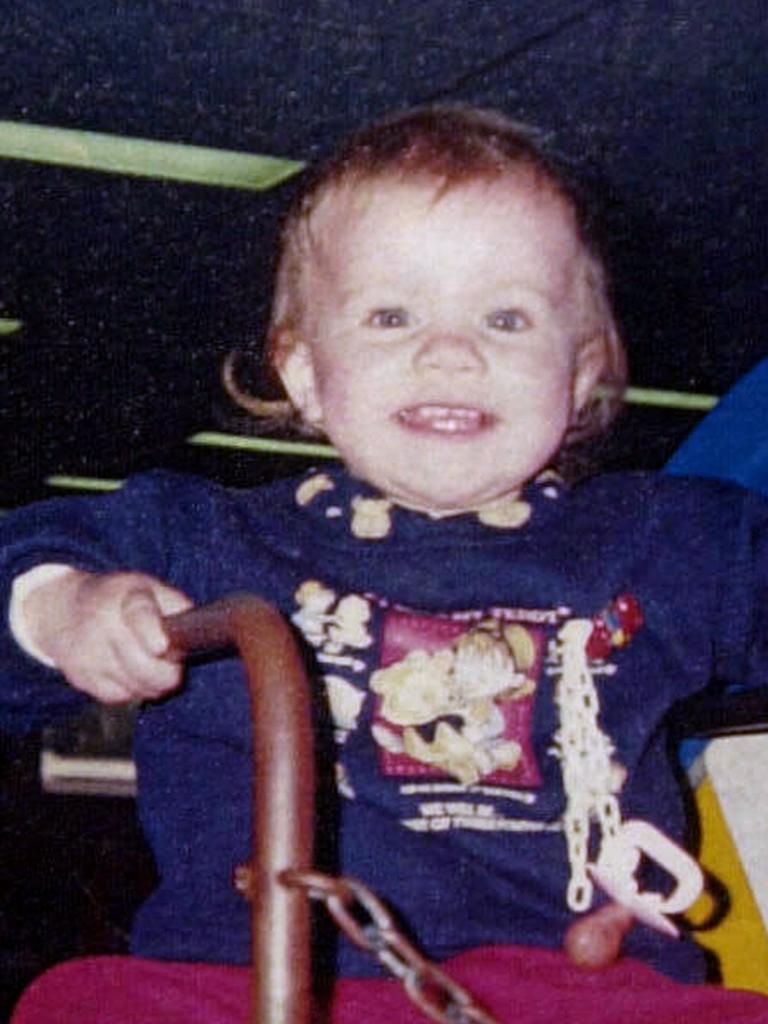
Professor Fleming said the experts who gave evidence in the original trial against Folbigg had no experience with infant death quite like he did.
“I would find it very, very hard to believe that someone could suffocate them by putting something over their face or obstructing their airwaves and leave no marks,” he said.
“I would find that extraordinary, I would find that person has skills most paediatric anaesthetists don’t have.
“I’ve dealt with it a lot, having personally investigated a lot of deaths … I may be an outlier but I think without being immodest I have a greater level of experience (than the experts) at that trial.
“I find it very hard to envisage anyway that you could do that without putting pressure on the lips and the teeth.”
This is the second inquiry into the Folbigg children’s deaths after a group of scientists suggested at least two of the babies died from a genetic variant.
That genetic mutation is believed to be linked to long QT syndrome, a heart signalling disorder that can cause fast, chaotic heartbeats or arrhythmias.
Despite multiple appeals and consistently denying any wrongdoing, Folbigg has failed to clear her name.
A public inquiry in 2018 reinforced her guilt.
However, the 2021 expert medical evidence – appearing to show Sarah and Laura Folbigg carried the genetic mutation – led to renewed calls for another probe into the case.
Former NSW chief justice Tom Bathurst KC is heading the second inquiry into Folbigg’s convictions and is considering whether there is reasonable doubt about her guilt.
The inquiry continues.




